|
When two Macaws decide to expand their family; nesting season. Both Macaws and Parrots start their nesting season at the same time here, between January and April. They look for a hollow tree and both male and female are responsible for the nestlings. I managed to photograph a couple of Macaws and Parrots in their nest. The Red-fan Parrot is one of the most common parrot in Suriname. They have this recognizable red crown which is only visible when it likes to make a statement and they are the only parrots (so far) that glides in midair instead of continually flapping with their wings. Picture 1: a couple of Red-fan Parrots were eating Awarra from a prickly palm. Picture 2: one Red-fan Parrot is barely visible when peeking through this small hole from a tree near the Kabalebo river. Mealy Amazons are usually so well camouflaged with their surroundings. They like to sit in the tallest trees and most favorable spot is of course near a lot of leaves. Picture 1: I spotted a pair of Mealy Amazons near the lodge and with the help of the telescope I was able to spot this one, it stood still for minutes. Picture 2: I spotted also a pair of Mealy Amazons near a hollow tree. One perched outside (possible on a break or on the look out) and the second one in front of the nest. Orange-winged Amazons are also common parrots in Kabalebo and seldom disappoint when you like to photograph a parrot in the wild. Picture 1: I spotted a pair of Orange-winged Amazons right in front of their nest. Picture 2: one Orange-winged Amazon was just about to get inside the nest. Scarlet Macaws are so well known for their vivid colors and are also quite present near the river of Kabalebo. Picture 1: a pair of Scarlet Macaws were hiding in the shades in the afternoon. Picture 2: a pair of Scarlet Macaws looking outside from their nest. Blue-and-Yellow Macaws are also one of the brightest looking macaw/bird. Especially when they are sitting exposed in direct sunlight. Picture 1: when foraging for food, macaws like to eat quietly. Here you see one Blue-and-Yellow Macaw eating the Podosirie berries inside the rainforest of Kabalebo. Picture 2: this Blue-and-Yellow Macaw was sitting in front of its nest. A hole inside a death half broken tree. The largest and the most dominant of the Macaws; the Red-and-Green Macaw. Picture 1: one Red-and-Green Macaw was eating Maripa nuts near the lodge. Picture 2: one Red-and-Green Macaw was looking outside from its own nest. As you have just seen, both Parrots and Macaws use tree holes for nesting. They reuse the nest every time until the tree falls down. When new couples start nesting they have to find their own tree hole and both will take turn to clean out the area until it is family proof. Both parents take care of their nestlings. They feed them until they are ready to fly out of the nest. From the moment the young Macaw is born until it spreads its wings, 85 or 90 days already had passed. The young Macaws will join their parents during their journey for about 2 years and after that will find their own way.
You may also like the following posts: Comments are closed.
|
Archives
June 2024
Categories
All
|
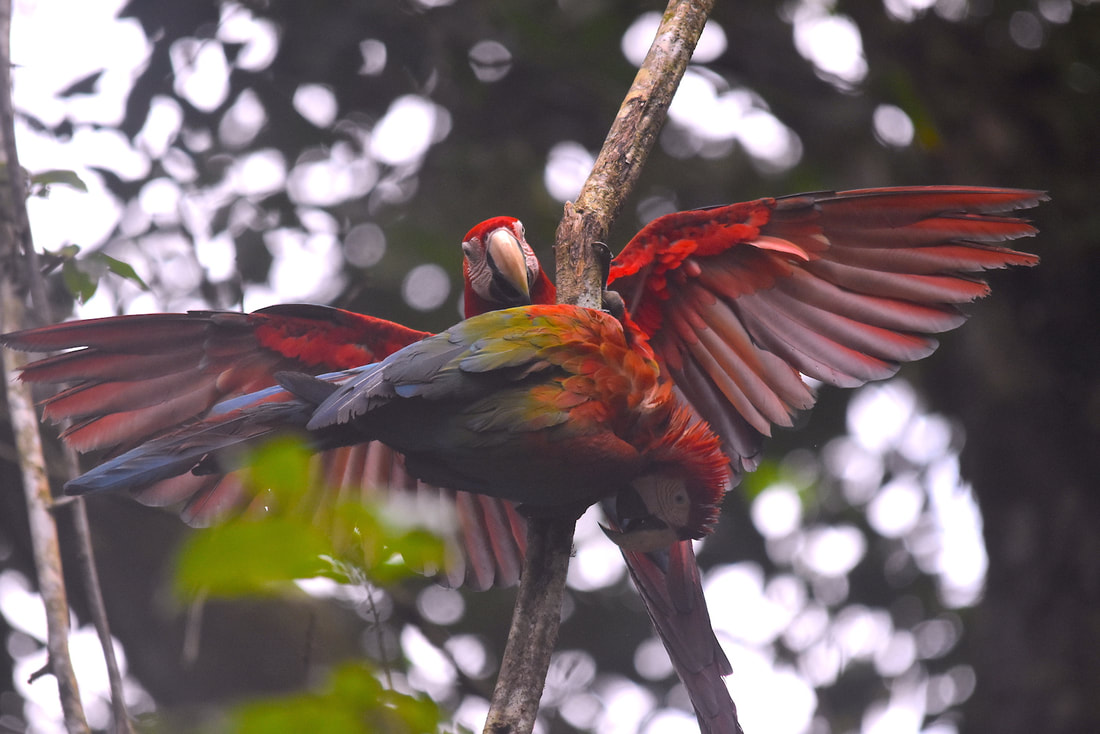
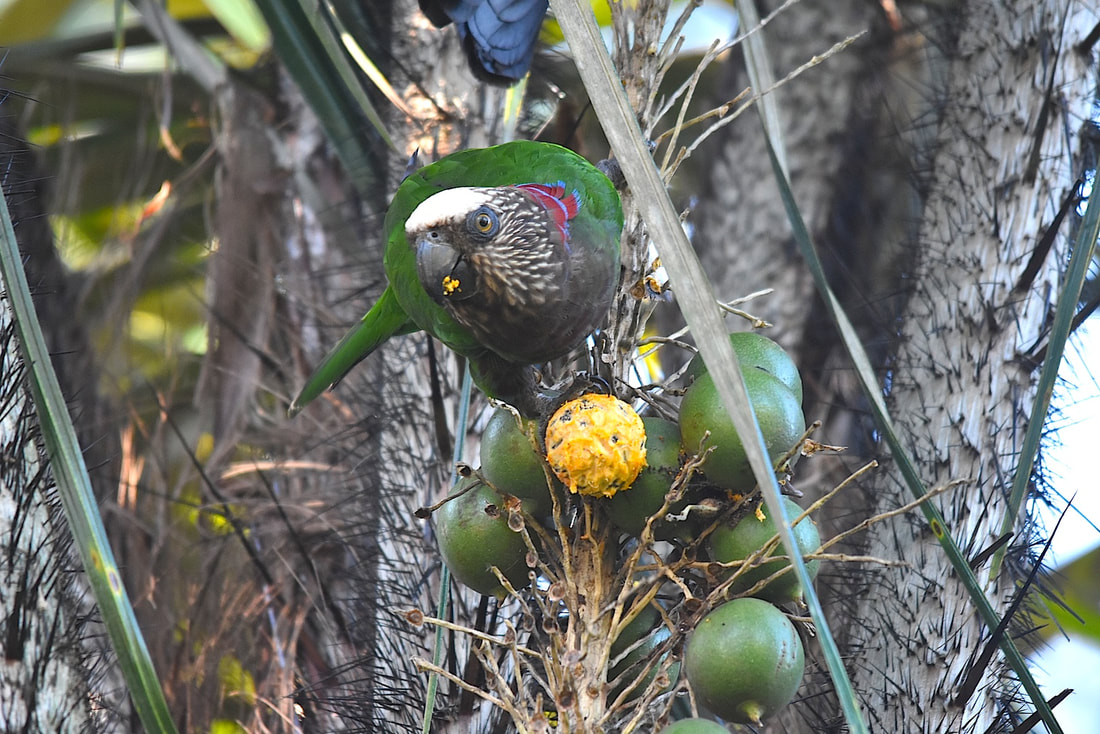
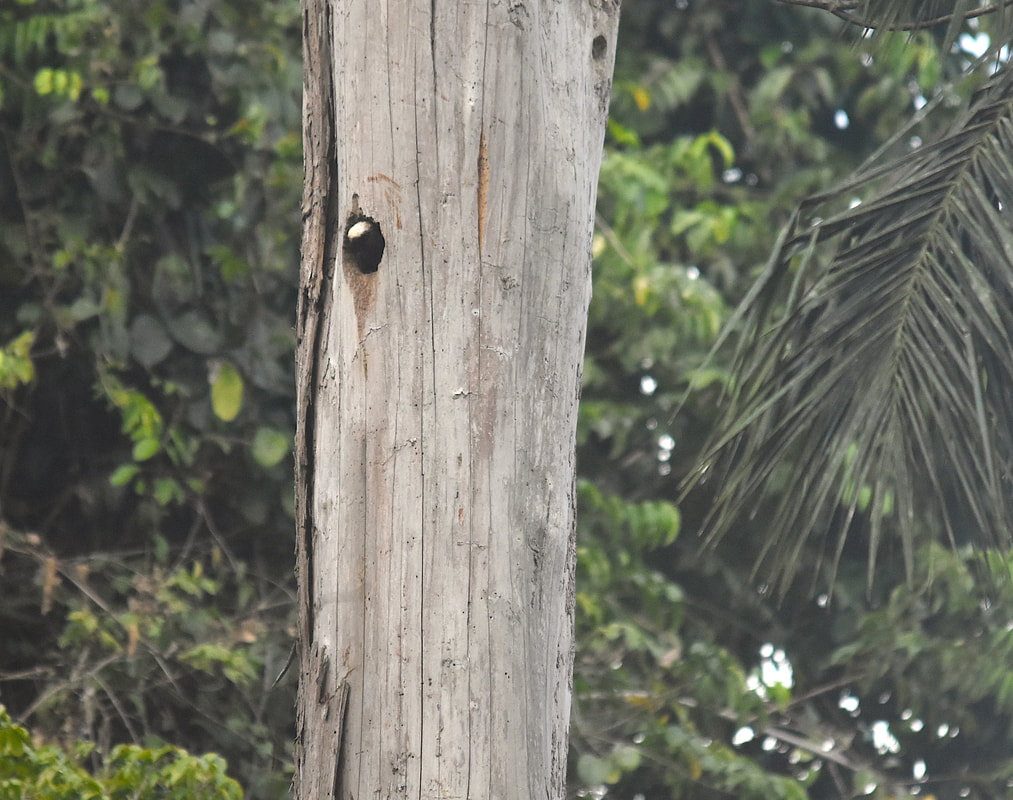
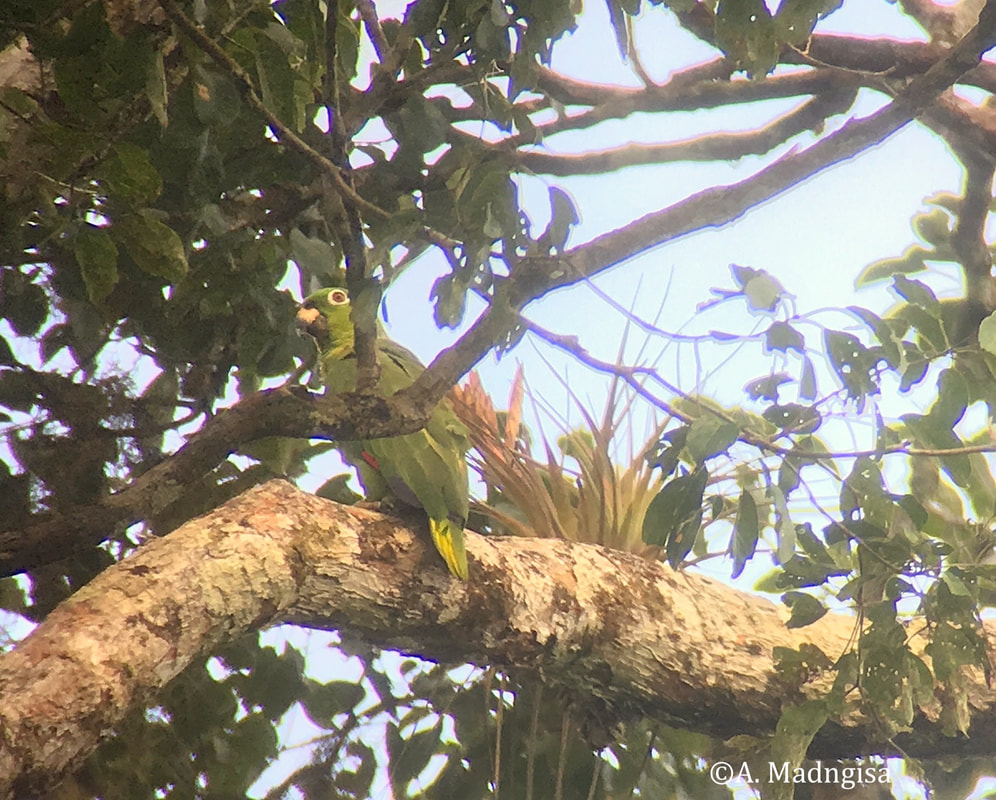
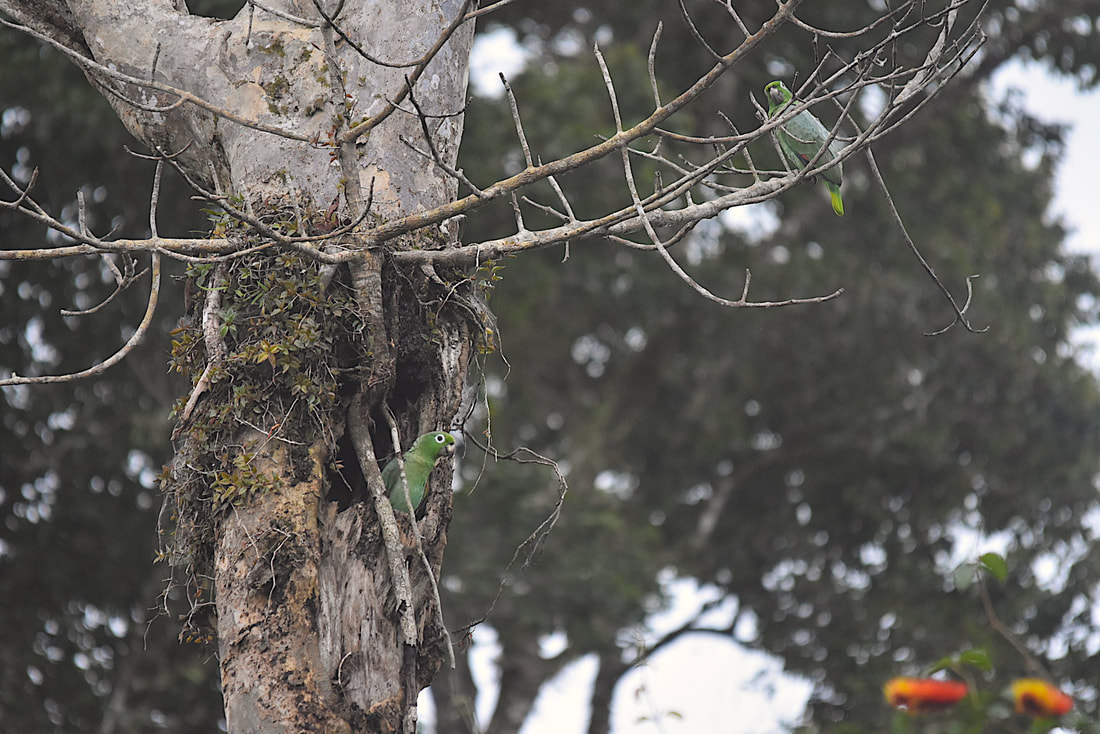
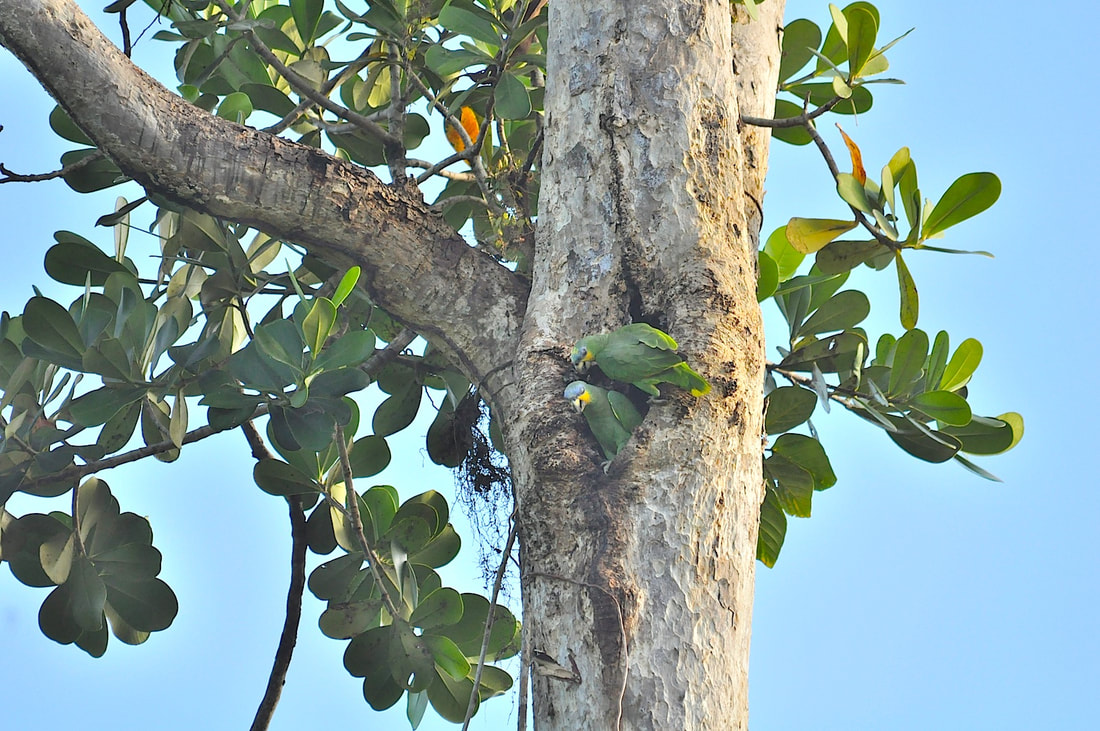
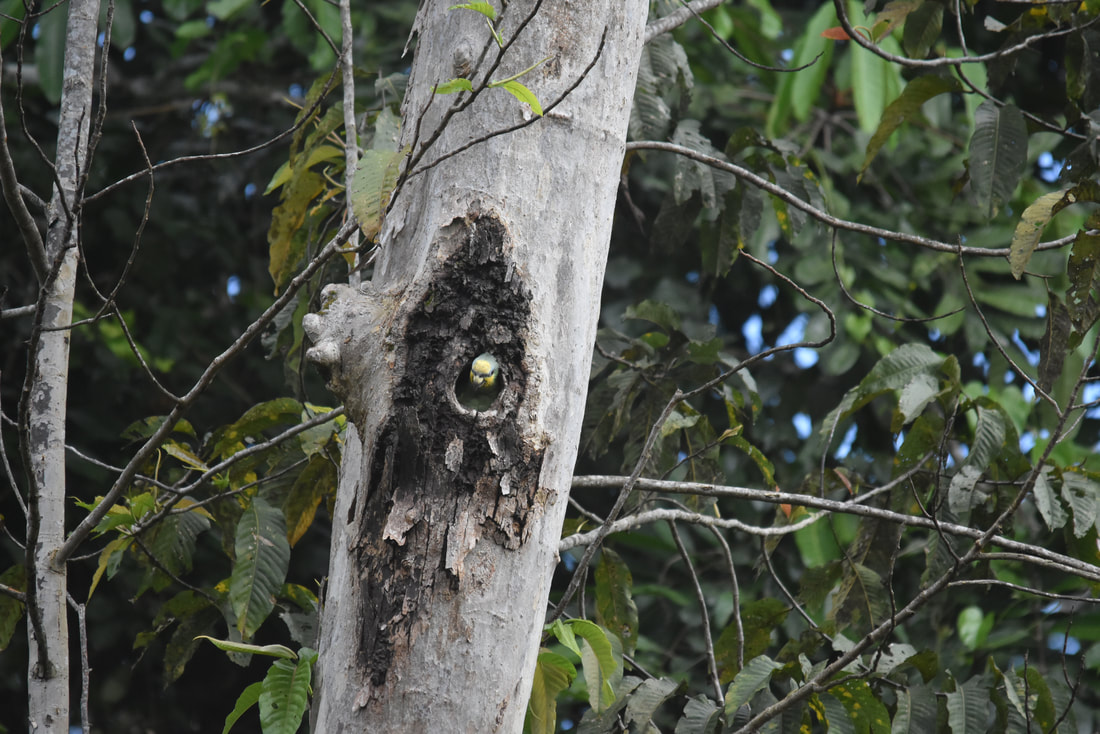
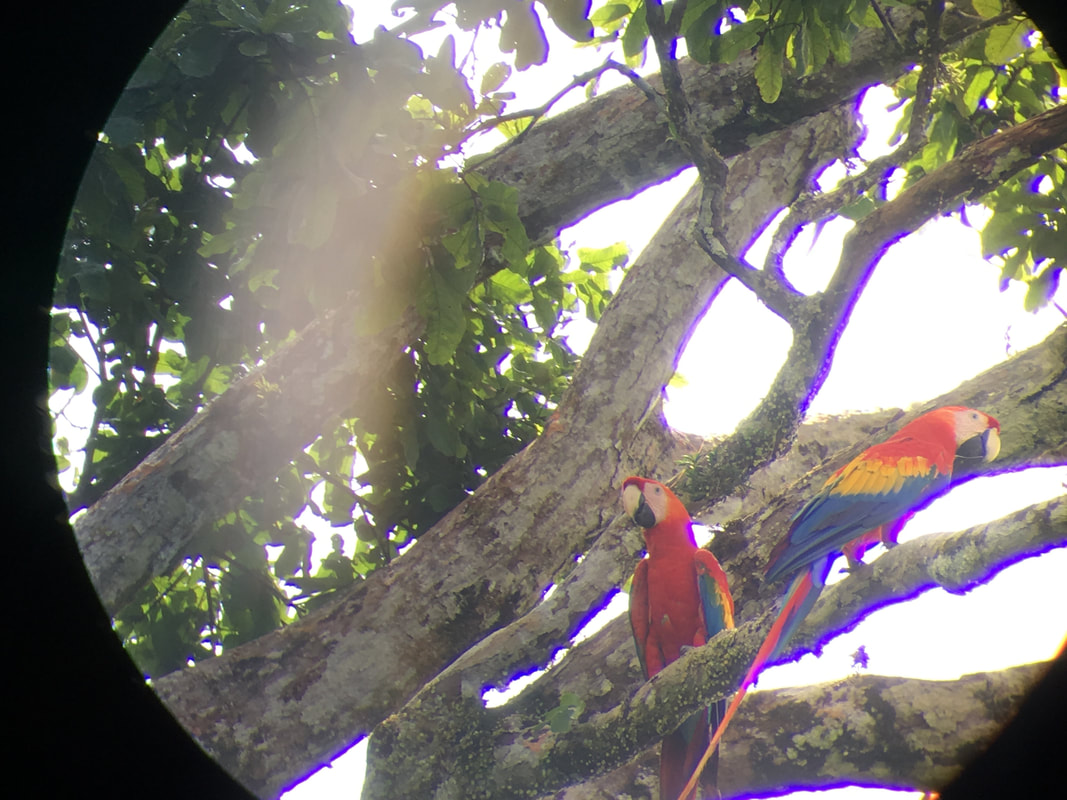
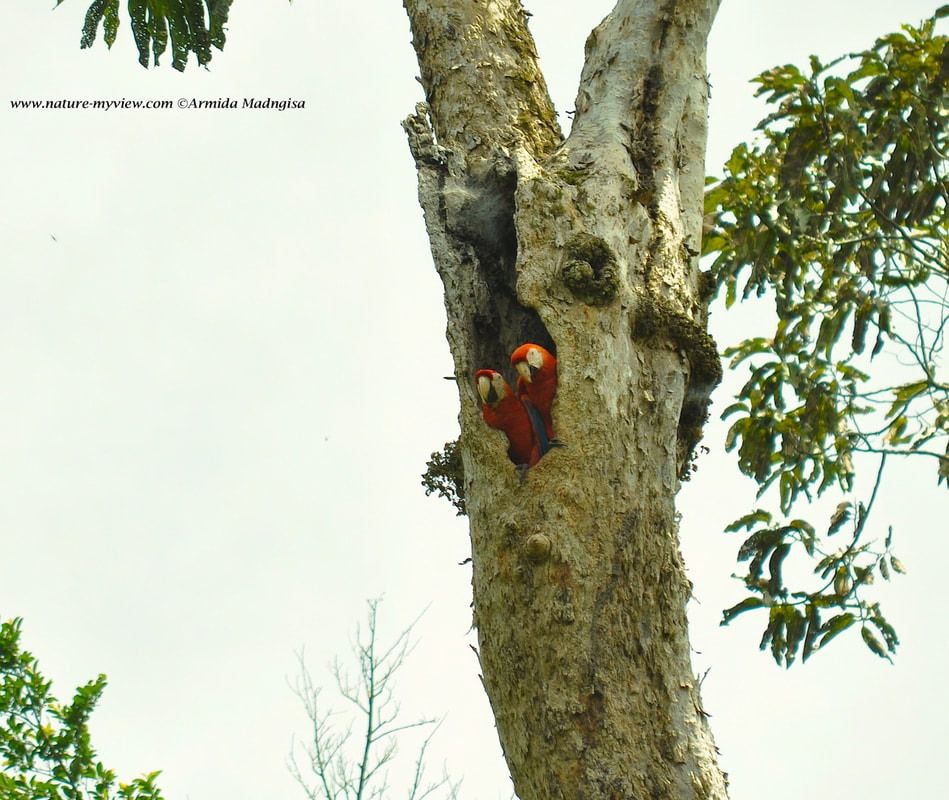
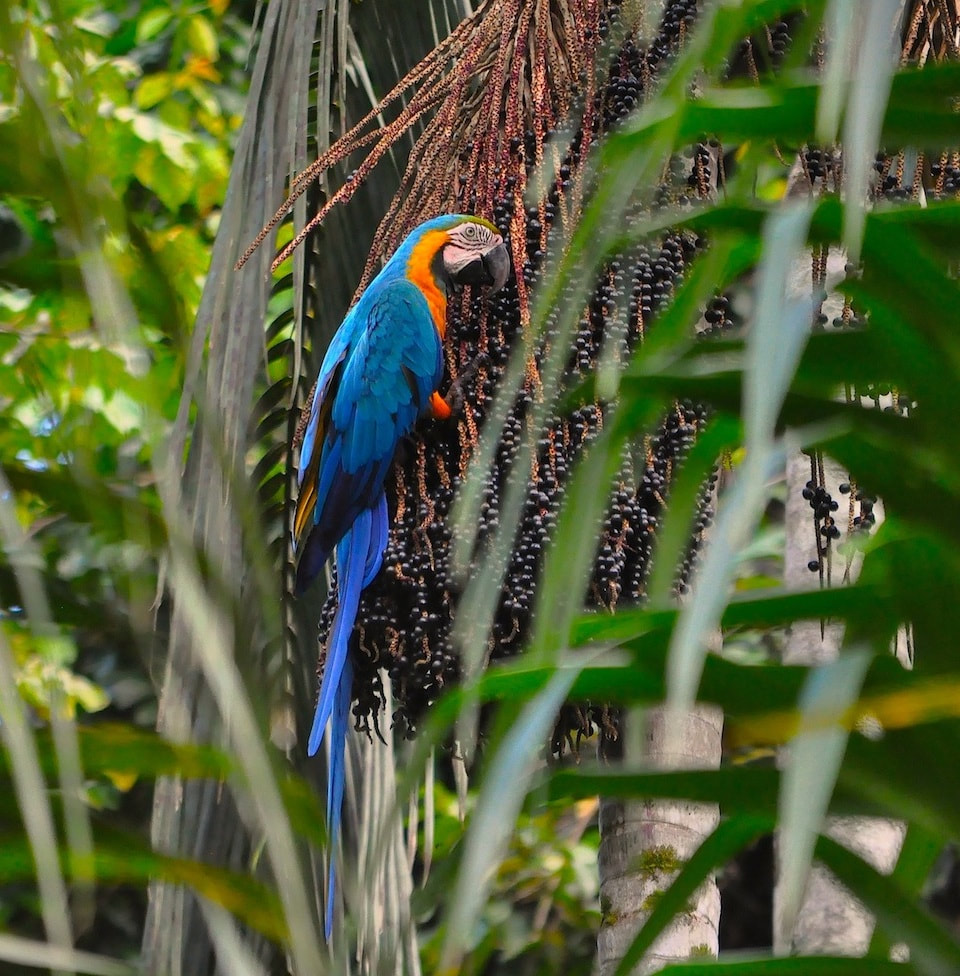
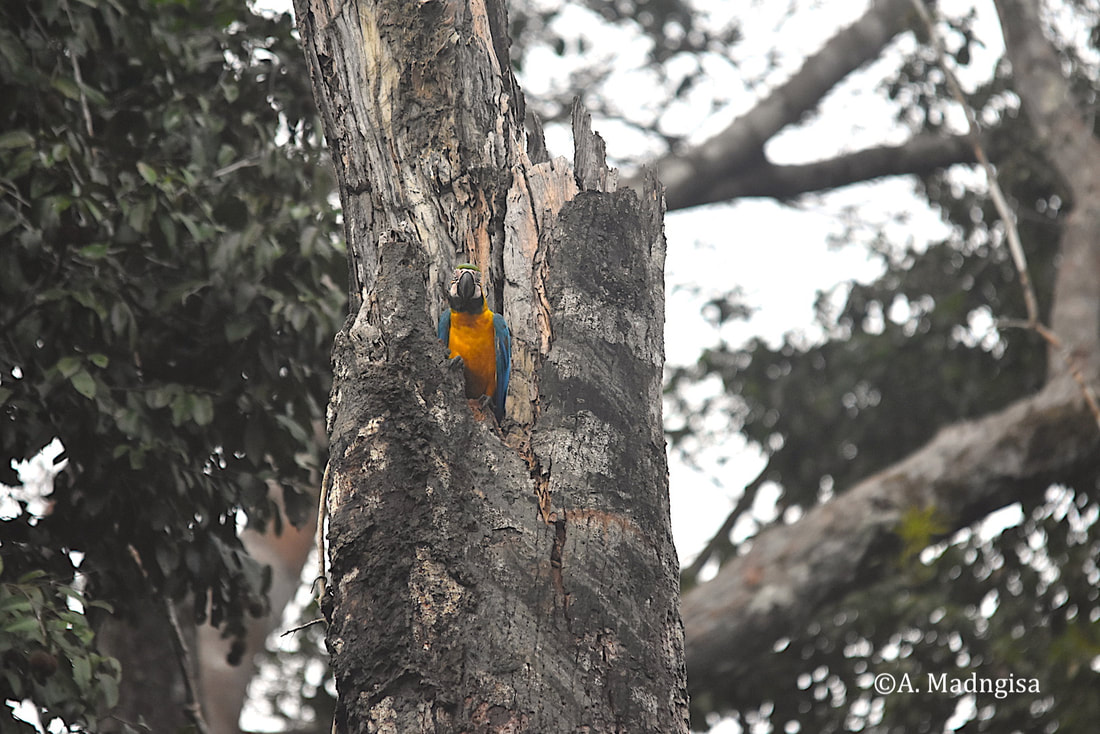
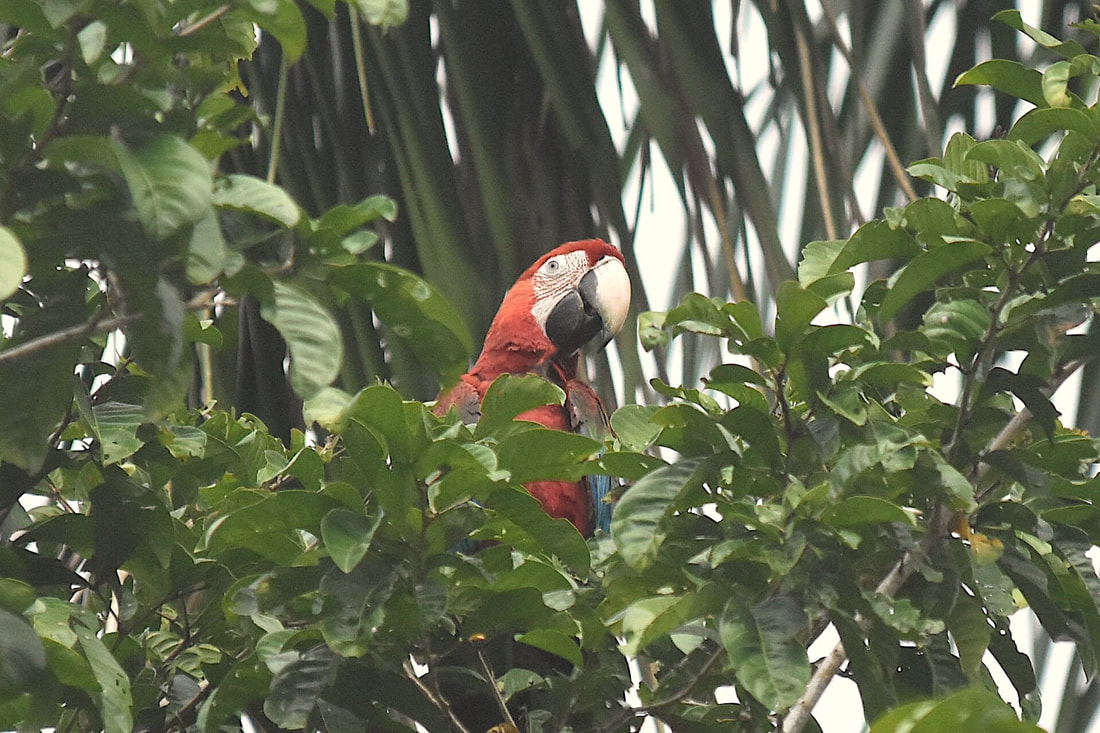
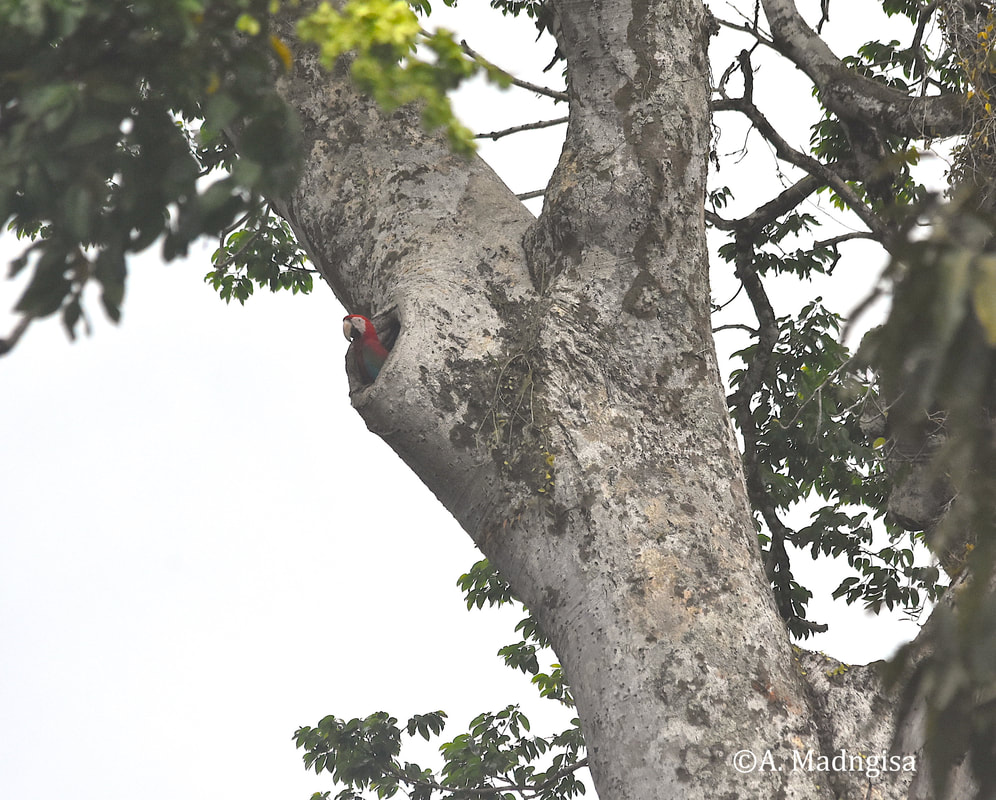
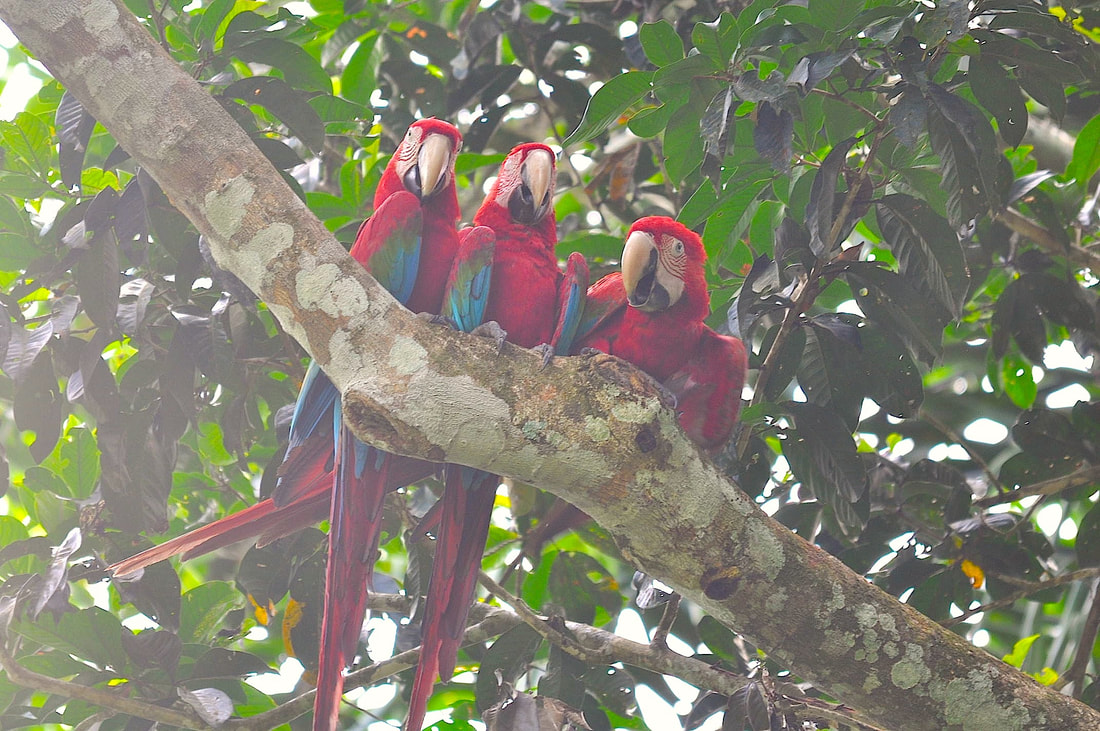
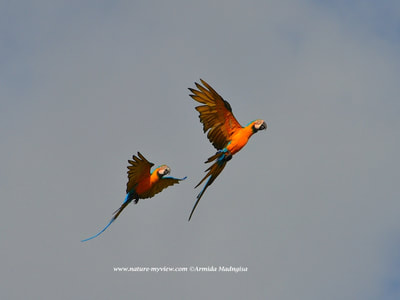
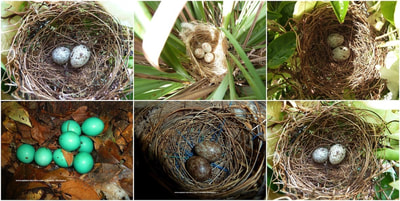
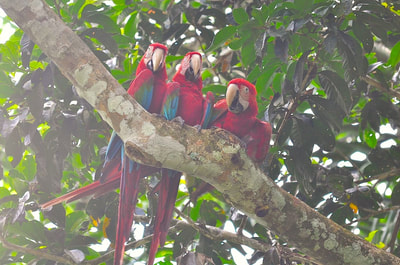
 RSS Feed
RSS Feed